There are many types of hunting and most involve working in darkness at some point. Some varmint hunters shoot at night but almost all hunters do at least some preparation and movement at night. Working in low light is a basic life skill in which modern living has eroded. With just a little knowledge, we can reclaim the abilities of our ancestors.
Even though they lacked our technology and medical knowledge, the ancients spent a lot of time in the dark. Since prehistory, humans fought and hunted in the dark. Warriors sought every advantage and many groups developed night fighting skills.
One of the first recorded accounts of night combat (some say the first special operations mission) was the biblical story of Gideon. After running a selection and assessment course, he conducted a night attack on an entire army. Carefully using light and noise to cause confusion, he persuaded the Medianites to help by killing each other. In true special forces fashion, there were no friendly casualties, but Gideon’s commando team was exhausted carrying away the spoils of war.
Many nocturnal animals have a vision advantage over humans, a tissue layer called the tapetum lucidum. Located in the back of the eye, it reflects light back through the retina, increasing the amount of light available for vision, but reducing the sharpness of the image.
The human eye works much like a digital camera. The pupil is a lens which focuses light on to receptors in the retina. The brain processes this data and turns it into the experience we call human vision. There is an incredible amount of processing that goes on in the brain.
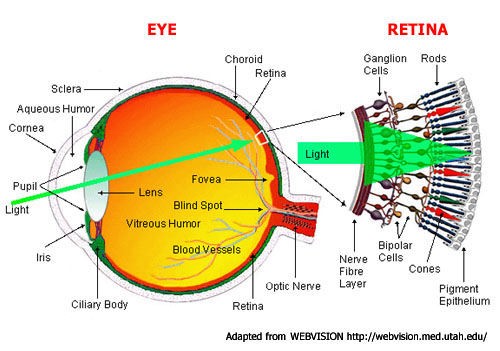
There two kinds of receptors, cone cells, and rod cells. Cone cells see color and are dense in the center of the eye. Our normal vision uses cones. As light levels drop, the eye switches to rod cells. Cones will remain effective in 50% moonlight.
Rod cells are predominately situated in the periphery of the eye. They see less detail and sense only shades of grey. This is experienced as a loss of color vision. The Rods will function even on a clear night with no moon.
There is a spot in the back of the retina where the optic nerve enters. There are no sensors there. The brain generates a complete image, but you can experience this by staring at a faint light, like a dim star. As you stare, the light disappears. If you look off to the side, the light will reappear.
To function properly, the rods need a chemical called rhodopsin, also known as visual purple. Rhodopsin is a biological pigment that is extremely sensitive to light. When exposed to light, the pigment immediately photo-bleaches. It takes about 20 minutes to regenerate fully. This means that it takes about 20 minutes to build full night adaptation and a single exposure to bright light to lose it. Repeat as necessary.
This does not explain the phenomenon which causes the perception of human physical attractiveness to shift upward sharply at closing time. An old Green Beret trick is to make sure that your eyes are completely night-adapted before approaching someone of the opposite sex in subdued light. Another advantage is the improved ability to accurately determine the sex of apparent members of the opposite sex.
My knowledge of ninjitsu comes mostly from movies and the internet, but there seem to be some reality-based lessons. Ninjas, we are told, spent time adjusting to each new environment. Sitting silently in the dark builds night vision. They reputedly used peripheral vision avoiding looking directly at objects. This uses the rods to advantage. Another ninja trick was to get lower than the object of interest, backlighting it against the horizon.
Life lesson here. You can try this yourself next time you need to go to the bathroom in the middle of the night. Before you turn on the light, close one eye. After successfully engaging your target, turn the light off and open both eyes. You will see the big difference a little rhodopsin makes.
Pilots in World War Two were operating 24 hours a day. Night bombing tactics were developed which caused the development of night fighters. They were often flight planning and briefing right up until takeoff. By wearing red-tinted glasses or goggles for 20 to 30 minutes before the flight, they could night adapt and plan. Red-tinted lenses block the visible spectrum except for red, and since red doesn’t destroy rhodopsin, your eyes night adapt. The Army used red filtered flashlights to read maps and documents while maintaining night vision. The military has changed to a blue-green which is almost as effective but reveals colors.
Technology soon augmented the sharp eyes of pilots. To deceive the Germans about the effectiveness of radar in aircraft, the British spread the story that their pilots ate carrots to enhance night vision. Maybe it was the Vitamin A, but more likely it was the radar that helped British pilots shoot down so many German planes.
A couple of other things they teach pilots. At higher altitudes, the eyes get less oxygen. Without supplemental oxygen (O2 mask) you lose color vision and get tunnel vision. Smoking has the same effect, it reduces the supply of oxygen to the eye and decreases night vision. The eye is very sensitive to both oxygen and good nutrition. Well-fed Americans have an advantage over the poorly nourished.
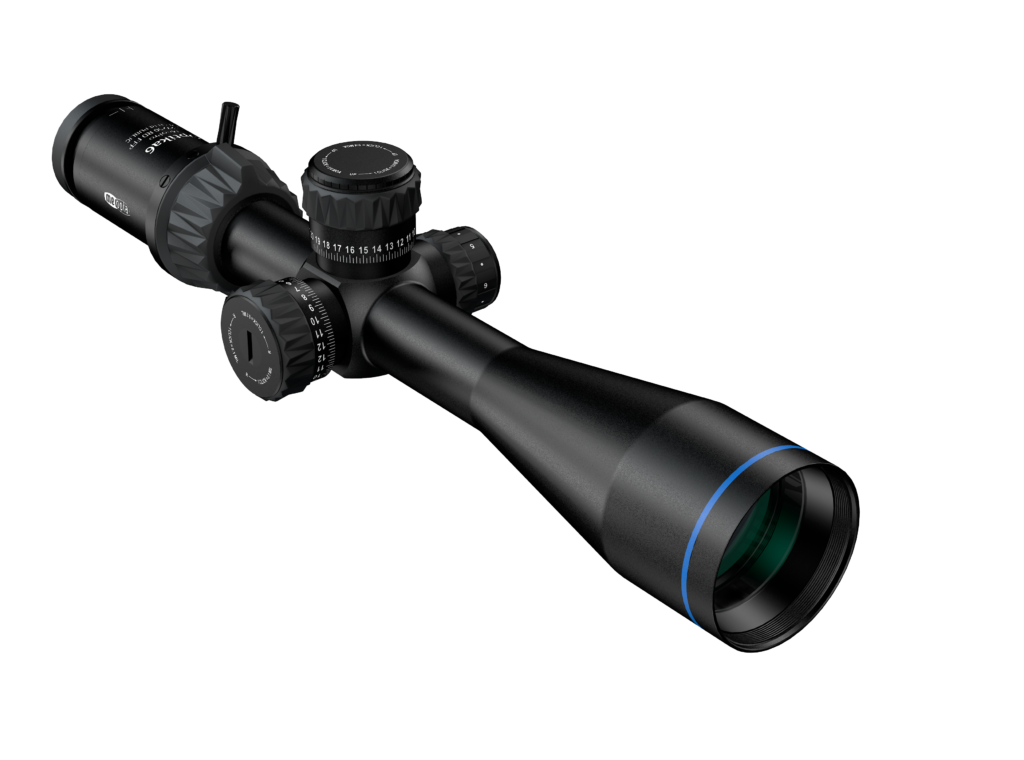
Once we have exhausted biology, there are some technological tricks to see better in reduced light. Most hunters use optics. Binoculars and scopes are devices for gathering light. In dim light, they can reveal detail unavailable to the unaided eye. Many scopes come with illuminated reticles. This clever feature won’t help you if there is not enough light to identify a target, but the shine when you can see your prey but it is too dark to make out a reticle.
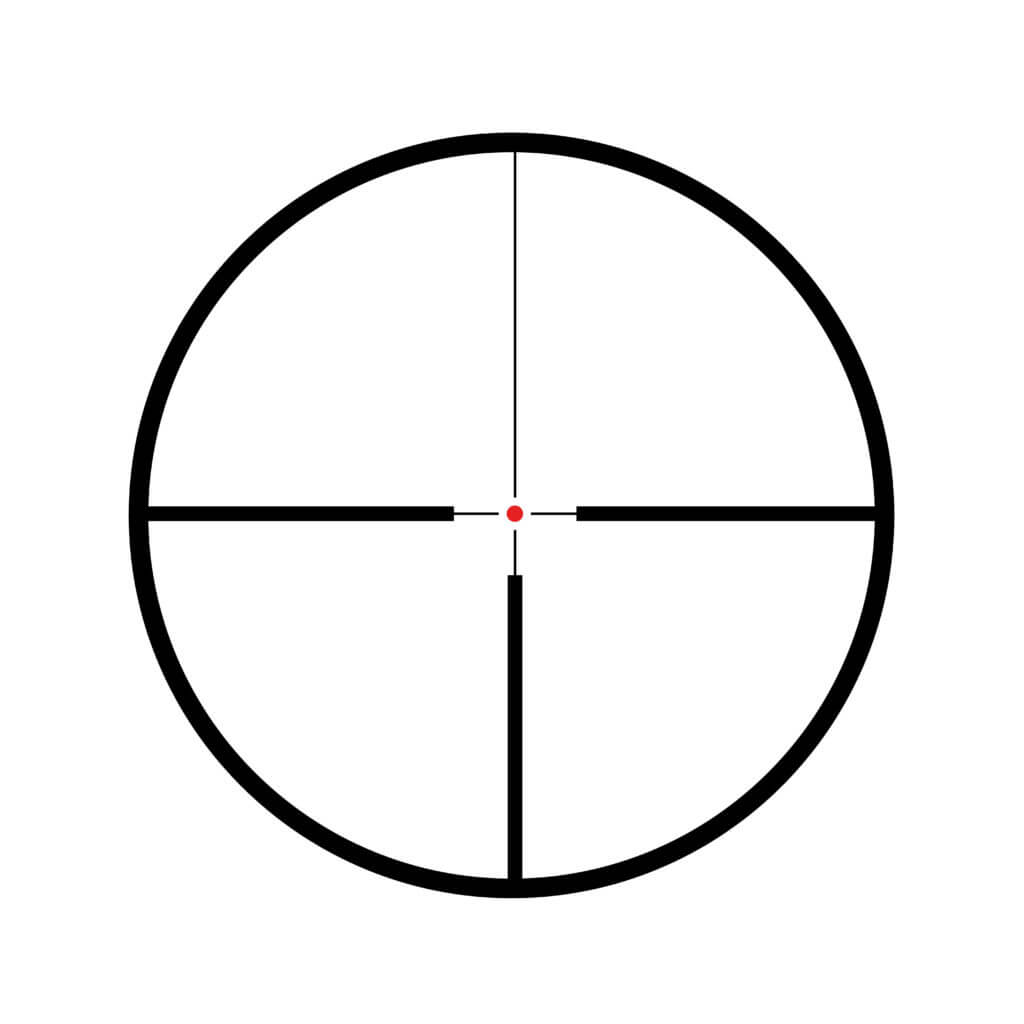
With relatively cheap and available night vision devices, the military and police have quickly become dependent on technology. Heck, you can’t even break into a hardware store without some day/night surveillance camera filming the whole thing. This has made night vision devices available and affordable for hunters.
There are commercial night vision scopes and goggles which use image intensification. Image intensifiers convert low levels of light photons into electrons, amplify those electrons, and then convert the electrons back into visible photons of light.
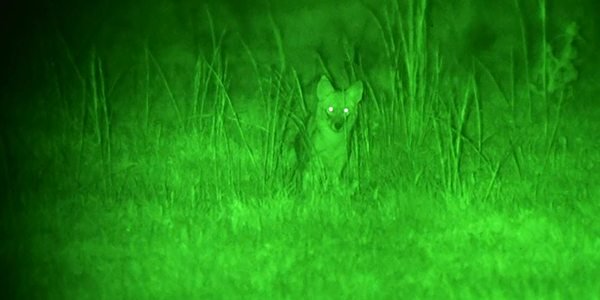
Photons from a low-light source enter an objective lens that focuses an image into a photocathode. The photocathode releases electrons via the photoelectric effect as the incoming photons hit it. The electrons are accelerated through a high-voltage potential into a microchannel plate (MCP). Each high-energy electron that strikes the MCP causes the release of many electrons from the MCP in a process called secondary cascaded emission.
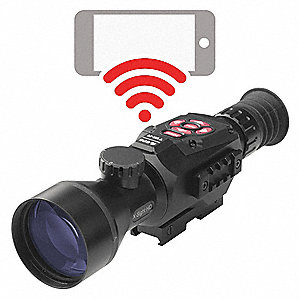
This causes the image screen to illuminate with a picture in the same pattern as the light that strikes the photocathode in a frequency visible to the human eye. This is much like a cathode ray tube television, but instead of color guns, the photocathode emits a green image. Image intensification can be enhanced with infra-red illuminators to increase the amount of light available to image without using visible light.
Some snakes can detect thermal radiation through special organs. Thermal imagers mimic this by making small temperature differences between background and foreground objects visible depicting the temperature difference. Because they use deep infra-red frequencies, thermal imagers can produce an image in total darkness and can see through light fog, rain, and smoke. Thermal imagers cannot see through solid objects, nor can they see through glass or acrylic, as both these materials have their own thermal signature and are opaque to long wave infrared radiation.
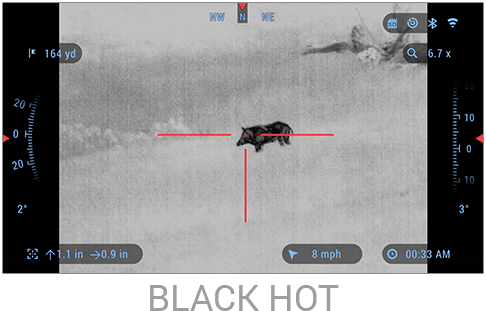
Thermals detect the heat produced by animals but lack the resolution provided by image intensification. They can depict heat in white or black allowing the user to toggle between them for the best image. Varmint hunters have created a large market for thermal scopes driving prices down and quality up.
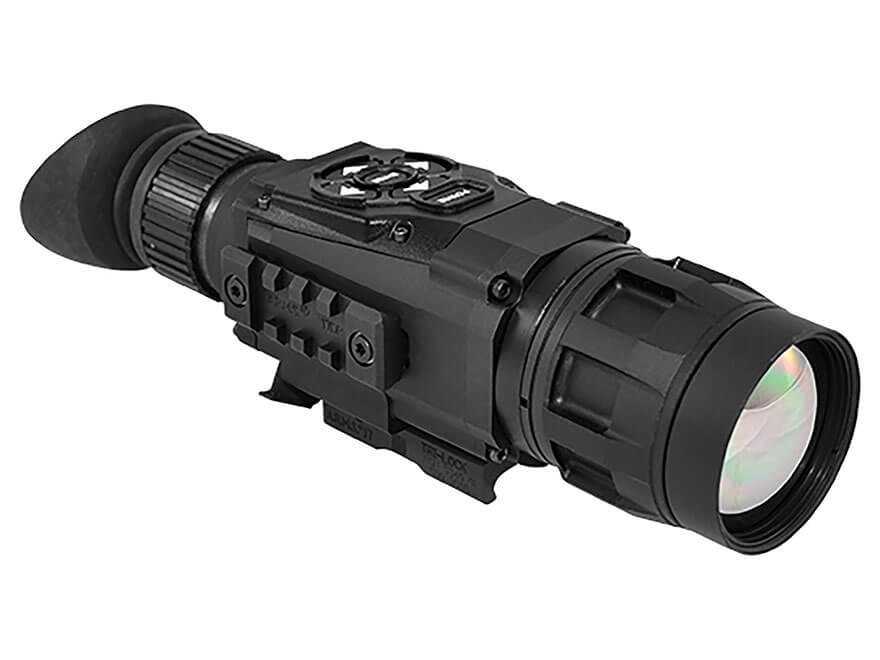
No matter what kind of hunting you do, working more effectively in low light can make your hunt better. The more light you use, the more you need. Know the law, some game regulations prohibit night shooting, but you can still get more hunting day by working in reduced light. Optimizing your biology and selecting appropriate technology can make every hunt better.